Reporting or covering up crimes?
The trial of former Bosnian army chief Rasim Delić continued at the Hague this week.
Tuesday, 24.07.2007.
16:24

Reporting or covering up crimes?
Fusko said he had learned about the execution of Croat prisoners from the civilians in nearby Croatian villages. The villagers were taken to Mehurići and put in the local school gym by the Bosnian Army, for their own safety.As he said, the incident was investigated by Asim Delalic, assistant commander for security.
Among a number of documents from the 306th Brigade admitted into evidence as prosecution exhibits through Fusko’s testimony, is the report he drafted on Asim Delalić’s instructions, as he explained today and then sent it to the 3rd Corps Command.
The report states that “25 dead bodies” were found in the Bikosi area on June 6, 1993, that the dead were ethnic Croats who were killed in “the fighting,” and that “all the dead bodies were in uniform.” The victims were buried in the Pješčara area near Maljine, the report goes on to say.
When Judge Moloto asked the witness to show the section in the report stating that the Bosnian Army troops had not done the massacre in Bikosi, the witness replied, “it doesn’t say so anywhere.”
However, from his conversation with Delalić, who had instructed him how to draft the report, Fusko concluded that the Bosnian Army “had nothing to do with the crime.”
The judges were not happy with the answer. They wanted to know why the report does not state anywhere that the crimes were committed by the Mujahideen, creating the impression that “no one” was to blame and that the victims had died in the fighting.
This reminded Judge Harhoff of “efforts to cover up the crime.” Since the witness did not take part in the investigation, he was unable to answer the question.
In the cross-examination, the defense argued that at the time when the crime was committed, the Bosnian Army operated “as village armies.”
This, the witness confirmed, was one of the reasons why the Bosnian Army “had no way” to prevent the Mujahideen from doing whatever they wanted. Any action aimed at them would have resulted in the opening of the third front, the witness explained.
In the re-examination, the prosecution noted the fact that in the summer of 1993, the 206th Brigade had between 1,500 and 2,000 soldiers, while there were between fifty and a hundred Mujahideen.


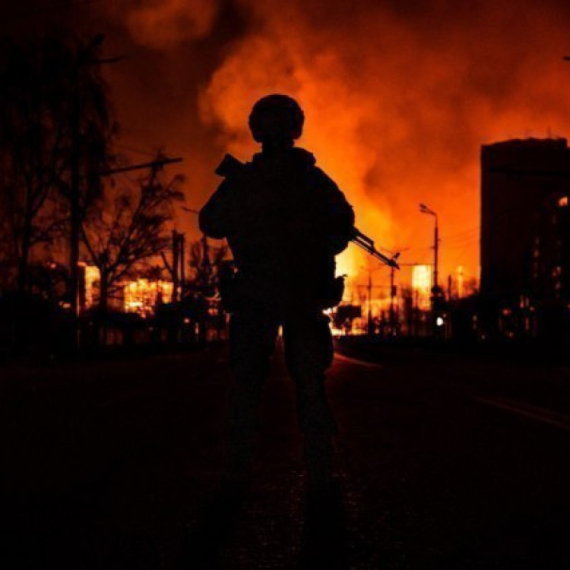



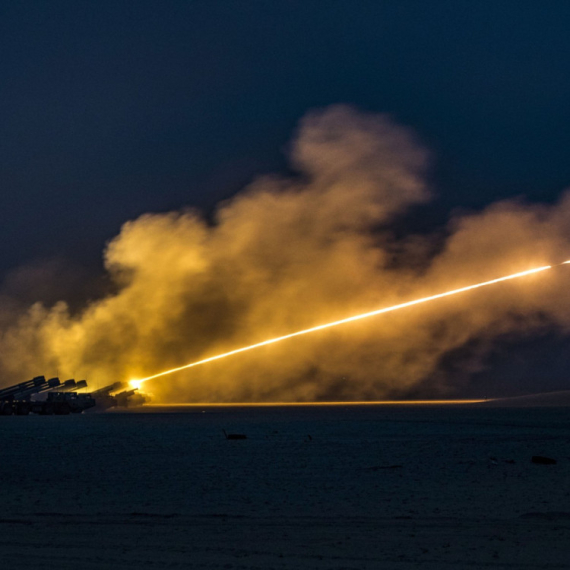









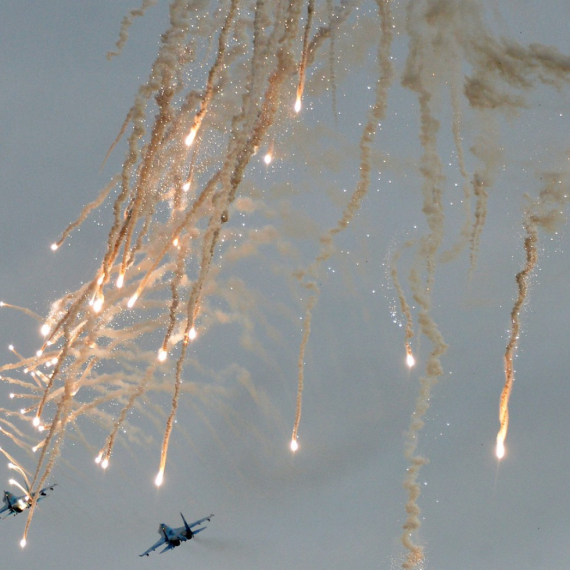
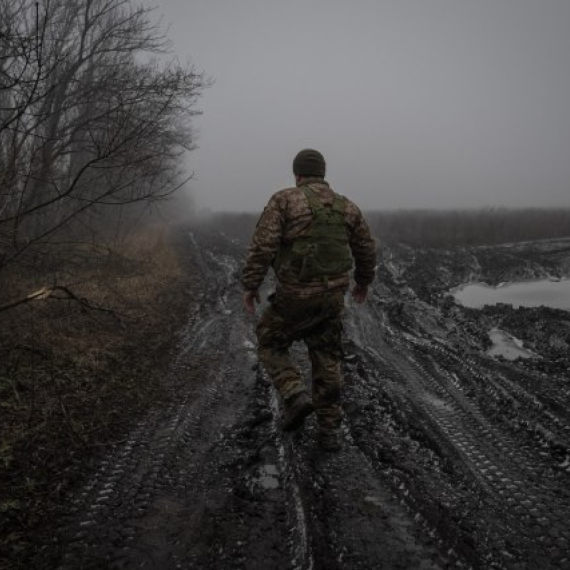

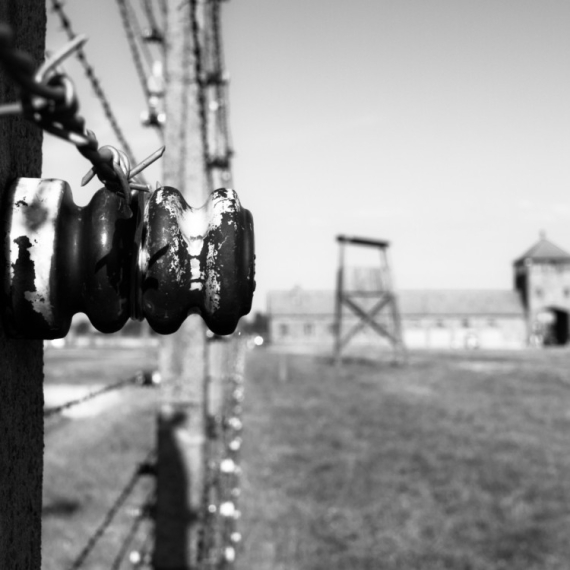

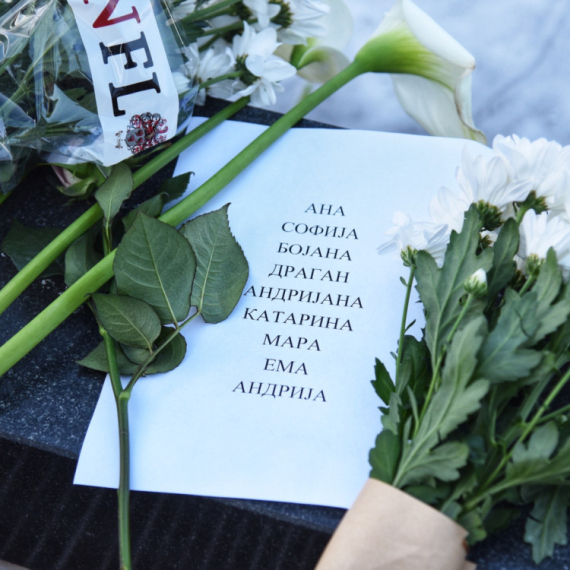





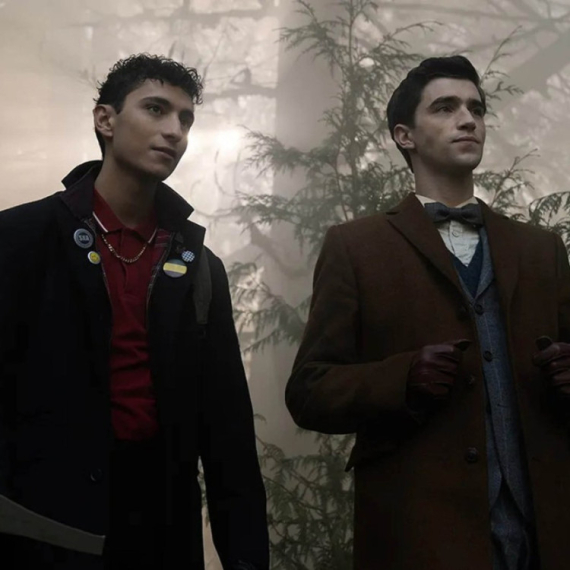




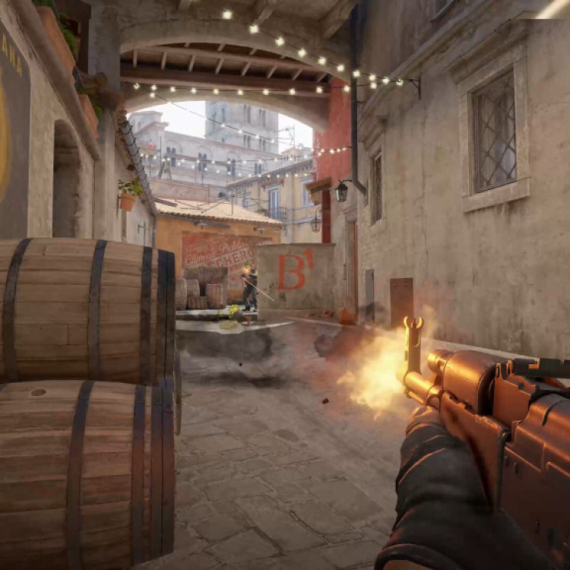

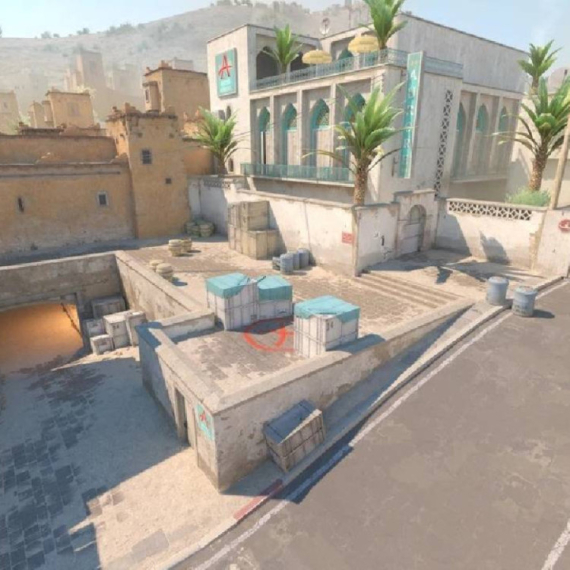


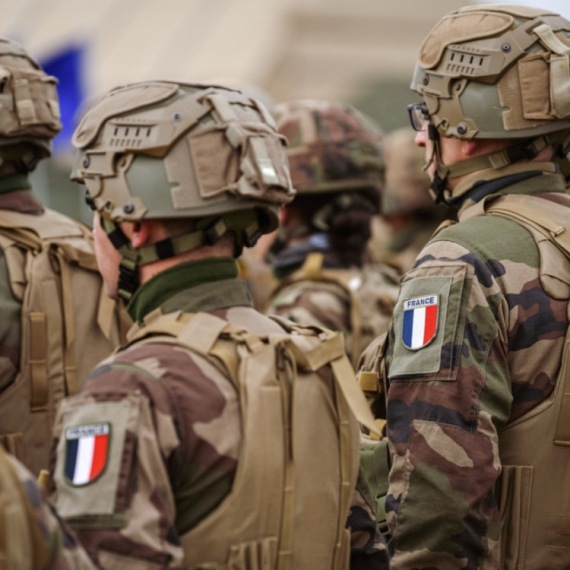



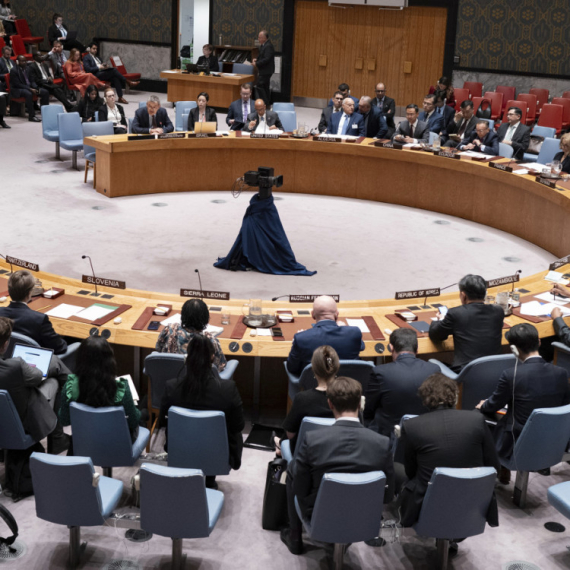





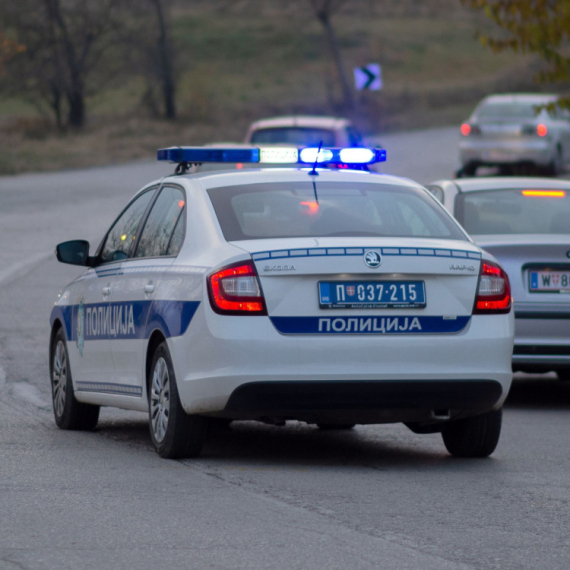





Komentari 0